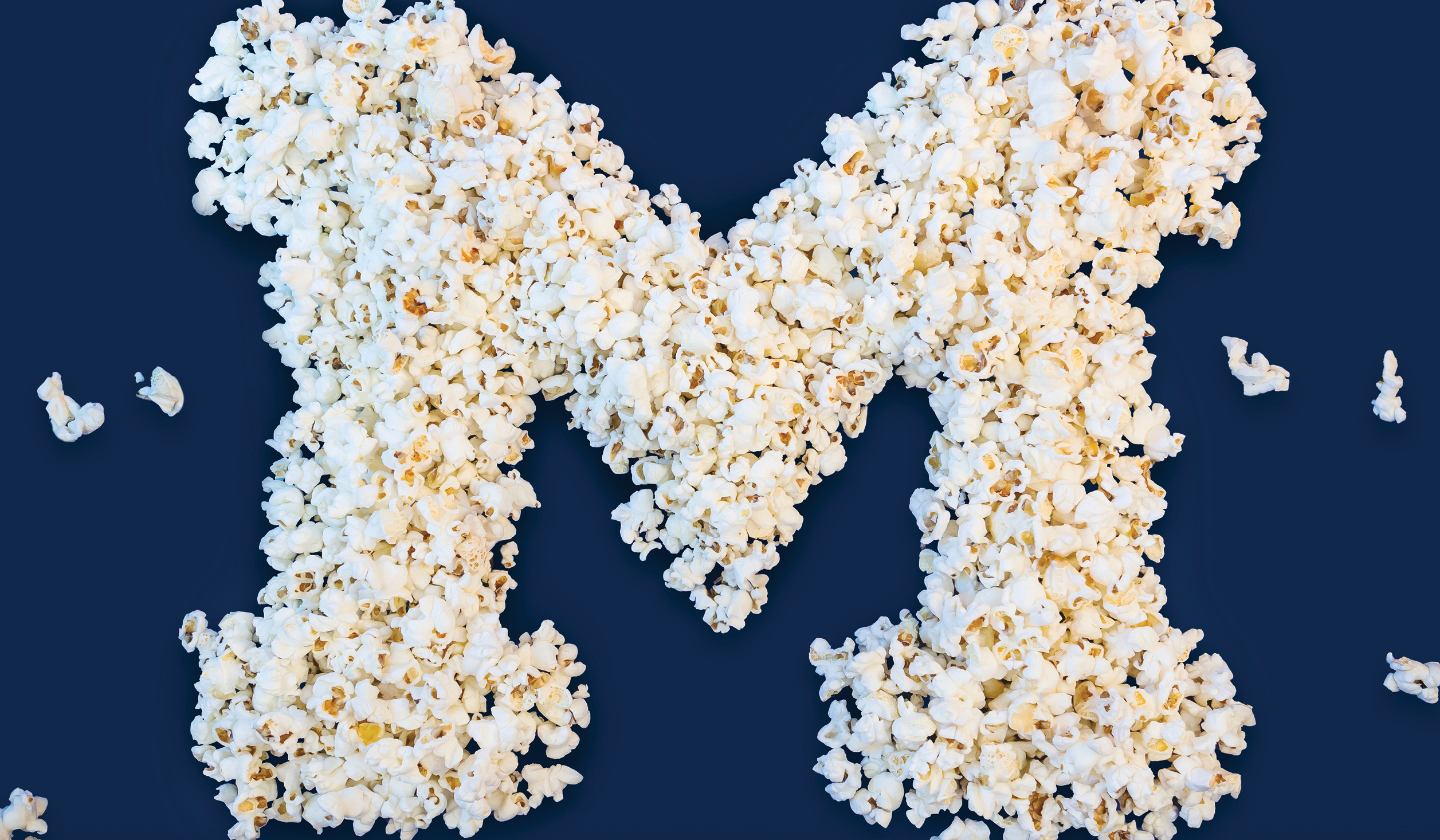In 1955, Bernie Krause, ’60, applied to the country’s top music schools and was unanimously rejected. The teenage Krause did not lack potential, but his primary instrument was the guitar—and the guitar, the admissions committees insisted back then, was not classified as a musical instrument.
Krause wound up majoring in Latin American history at U-M, but the music establishment’s disapproval couldn’t silence him for long. In 1963, he joined the storied folk quartet the Weavers, filling the tenor slot originated by the legendary Pete Seeger. Later, Krause was one of the first professional musicians to see the potential of the brand new Moog synthesizer, and he brought his funky electronic sounds to Hollywood, composing music for classic films including “Apocalypse Now.”
In 1979, Krause turned away from pop culture to focus on soundscape ecology, the study of sounds made by animals, plants, and the earth itself. Over the next four decades, he would compile nearly 5,000 hours of recordings, including sounds made by some 15,000 species, from the high-pitched clicks of fish nibbling Fijian coral reefs, to the low rumble of jaguars in the Amazon. Through Jan. 8, this work is the subject of the audiovisual retrospective “The Great Animal Orchestra” at the Cartier Foundation for Contemporary Art in Paris. (If a trip to Paris isn’t in your future, check out www.legrandorchestredesanimaux.com/en.)
Michigan Alumnus spoke with Krause about his work.
The Paris exhibition is something new for you—a collaboration with visual artists where they created work inspired by your sound. How did it come together?
The Cartier Foundation … came up with the idea of spectrograms, graphic illustrations of sound. The room with the main part of the exhibition is probably 60 by 40 feet, with a 15-foot ceiling, and at the bottom of the walls, they have this reflecting pool, so that the spectrograms appear twice as large … . There are great visual artists who have contributed to the piece, from Africa, Latin America, China, Japan. All of the artists have been informed first by the sound—which comes from seven different habitats, including rain forest, marine, temperate, and tropical—and then they’ve created their art in response. And what they’ve done is magnificent. People will sit there for an hour and 40 minutes on the floor, in Paris, watching this thing, and they don’t move.
You spent years making human music before you turned your microphone on nature. What prompted the shift?
In 1968, my late music partner Paul Beaver and I—we were called Beaver and Krause—did an album called “In A Wild Sanctuary,” which was the first to use natural soundscapes as a component of orchestration. This meant that one of us had to go into the field and record … . I was terrified of animals, but I marched off into Muir Woods, just north of San Francisco, with my recorder. There was a little stream; there were some crows and ravens. I turned my recorder on, and I heard the space open up. That was pretty much it that afternoon, but that was all I needed to hear. And no, I wasn’t stoned. I decided right then and there that I was going to do that the rest of my life.
You’ve recorded all over the world, traveling to environments most humans will never visit. What are some of the sounds that you’re proudest having captured?
This is kind of counterintuitive, but the most difficult to get are the easiest to get to—like, for instance, the sound of water in the stream. (My goal is a recording where) if you close your eyes, it creates the illusion of a stream. But if you don’t get it right, it sounds like water running in the toilet bowl.
How can soundscapes help reveal an ecosystem’s health?
We live in Sonoma Valley, and over the last 20 years since we moved here, I have recorded a particular place using very carefully calibrated protocols. I just published a major paper in (the journal) Biological Conservation, on the ways in which the habitat here has been transformed by global warming. In 2004, which was a normal year, you can (hear) a stream and … it’s very healthy. It’s very vital and vibrant. In 2009, the climate was beginning to change such that spring was beginning a week or 10 days earlier. That had a profound effect on bird migration. The density and diversity of their vocalizations was different. It was beginning to shift. In 2014, the second year of the California drought, there was no water in the stream, and the bird density and diversity had fallen off by probably 90 percent. Then, in 2015, came the first silent spring I’ve ever experienced in my life.
You’ve said that about half the sounds you’ve collected have come from habitats that no longer exist or that don’t sound the same as they once did. Do you feel that you’re in a race against the clock to capture these sounds before they disappear?
That clock is pretty much stopped for me in terms of capturing more sound—I’m fast approaching 80 years old, and it’s really a lot harder for me to travel now. I’ve got a huge archive of natural soundscapes, and I’ve been working for 20 years to find a home for it. My hope is that (a university) is going to take up the battle, teach people the science behind soundscape ecology, and let them pick up where I’ve left off.
Do you think that human music can ever be as rich as the sounds of nature?
The natural world’s soundscape, the “biophonies,” are much more complex and rich and, I think, to my ear, vital than anything that any human has ever composed, which is why I keep turning to that as a resource. … Animals taught us to dance and sing. When we lived much more closely connected to the natural world, we mimicked what we heard and saw. Native Americans do deer dances and bear dances, buffalo dances. Indigenous people who live in the forests of Africa and the Amazon do very much the same thing. We mimic the melodies and rhythms of frogs and birds and mammals. Humans invented nothing except our own hubris.
Amy Crawford is a freelance writer whose work has appeared in Smithsonian magazine, The Boston Globe, and Nature Conservancy magazine. Follow her on Twitter @amymcrawf.
Correction: The print version of this article (Winter 2016) mistakenly titled Beaver and Krause’s 1968 album as “Inner Wild Sanctuary.”





